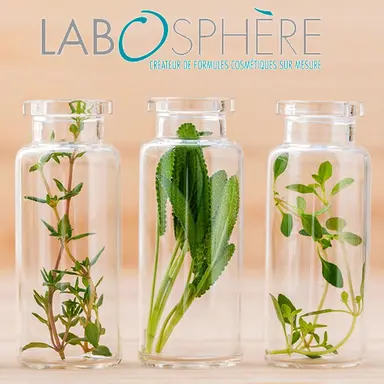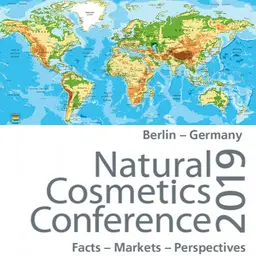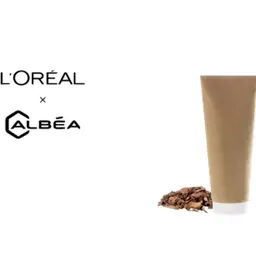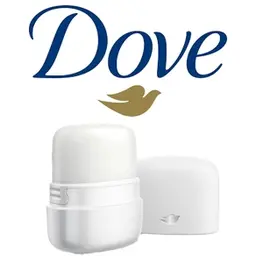
When you create your own brand of cosmetics, your own products, you want to “stand out”, to make a difference for consumers. Often, bibliographical research, culture, travel, properties discovered following the ancestral use of an ingredient, inspire Labosphere’s clients who wish to integrate into their products under development a “signature” ingredient of which they would be the owner. In this article, this laboratory shares its experience on a few cases illustrating the difficulties that can be encountered and, above all, the points of vigilance that must not be overlooked in order to avoid disappointment.
The most frequent requests concern plants in the broadest sense, from extracts to very specific requests calling on phytochemistry to develop new cosmetic active ingredients from the active molecules of plants.
The client will wish to use a plant, recognised for its properties, with a clearly identified and claimed geographical origin (e.g. lavender from Grasse, saffron from Morocco, sunflower from Toulouse, etc.). In this case, he will have to call on a partner to obtain a customised extract in one (or more) media adapted to the formulation of the galenics he has targeted.
This desire, which is commendable and extremely attractive, does however require a bit of anticipation, on several levels.
Responsabilities
Even before starting the work, it is essential to establish the responsibilities of each party, the Responsible Person who requests the development of the extract and the service provider who develops the raw material. This will help to anticipate possible disappointments and/or to settle certain disputes.
These responsibilities can be set out in a subcontracting agreement, accompanying the extract development specifications, and which should be sufficiently detailed to cover all the stages of extract development.
It is important to bear in mind that “quality” deviations cannot be excluded, …













